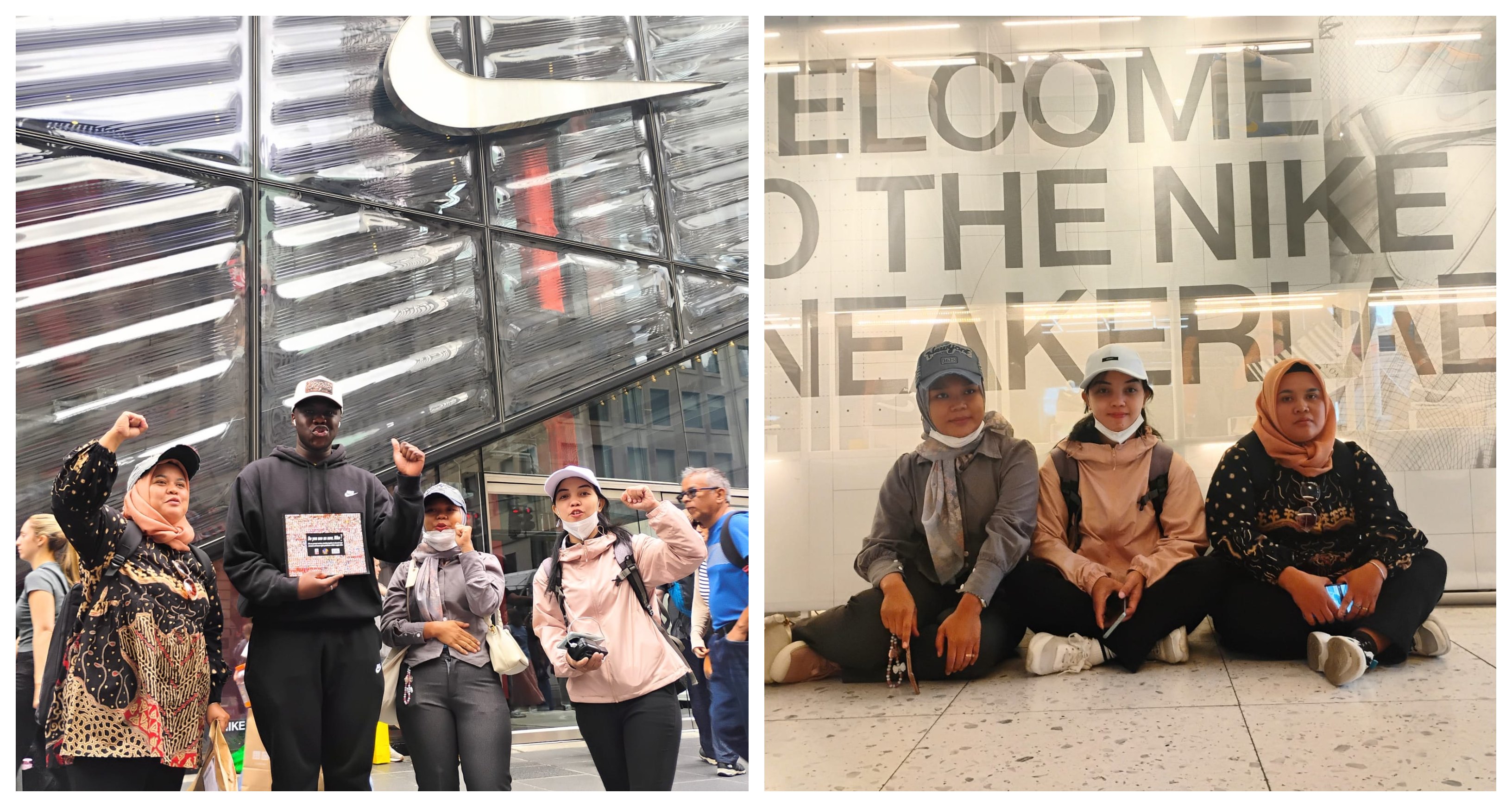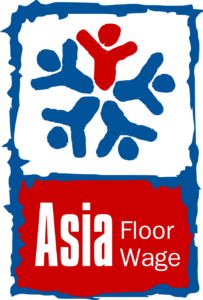Day Six Of The Worker Action Delegation | Nike, Triangle, and the Women Workers Still Fighting

May 31, 2025
More than a century after 146 workers—most of them young immigrant women—were killed in the Triangle Shirtwaist Factory Fire in New York City on 25 March 1911, the same patterns of exploitation continued to persist across continents. The factory fire, which became a pivotal moment for labor rights in the U.S., exposed the deadly consequences of greed, neglect, and the silencing of workers and unions. Factory doors were locked. Fire escapes collapsed. Safety had been sacrificed for profit.
The Triangle Shirtwaist Fire became a national tragedy—but also a catalyst. Outrage over the deaths fueled massive protests and helped spark labor reforms, including stronger fire codes, factory inspections, and the growth of the International Ladies’ Garment Workers’ Union (ILGWU). It was a moment when the lives of women workers—long disregarded—forced their way into the public conscience.
Yet more than a century later, the question lingers: has the world truly changed?
On 31st May, worker activists Dedeh, Dinar, and Leni visited the Triangle Shirtwaist Factory Fire Memorial to honor those lost in the 1911 tragedy. But this visit was not only an act of remembrance—it was a statement. Today, garment workers in Asia, like the three worker activists, face many of the same dangers: poverty wages, union suppression, and production demands that come at the cost of health and safety.
In 1911, the women workers at the Triangle Shirtwaist Factory, some as young as 15, worked seven days a week, 13-hour shifts, with only a 30-minute lunch break, earning just $6 a week. The conditions were harsh and exploitative. A 114 years later – workers like Dedeh, Leni, and Dinar in Nike’s supply chain face similar challenges. Leni was threatened with dismissal when she took a stand against wages being slashed. Dedeh sometimes had to cover the cost of factory materials herself. Dinar works at breakneck speed to sew Nike logos—60 shoes per hour—while selling coffee and noodles during breaks, and working as a freelance photographer, just to meet basic expenses.
Women garment workers like Dedeh, Leni, and Dinar, who create Nike’s products in Indonesia, face a system that still treats them as expendable. During the COVID-19 pandemic, they were laid off, had their wages slashed, or were pushed to resign—while Nike was turning record profits. Their wages today often don’t cover even the cost of the shoes they make.
 Outside Nike’s store on 5th Avenue, the worker activists spoke with customers about the realities behind global fashion. In a moment that made those injustices tangible, Leni noticed a customer wearing a pair of shoes she had created. It was a striking reminder that the products made in their factories travel the world, while the women workers who make them remain unseen and unheard. These chance encounters aren’t coincidences—they’re the invisible threads of supply chains and brands that profit from keeping workers hidden.
Outside Nike’s store on 5th Avenue, the worker activists spoke with customers about the realities behind global fashion. In a moment that made those injustices tangible, Leni noticed a customer wearing a pair of shoes she had created. It was a striking reminder that the products made in their factories travel the world, while the women workers who make them remain unseen and unheard. These chance encounters aren’t coincidences—they’re the invisible threads of supply chains and brands that profit from keeping workers hidden.
Their stories echo that of the women workers of Triangle: underpaid, silenced, and asked to sacrifice their safety and well-being for someone else’s bottom line. But like the survivors who marched in protest, the worker activists are not staying quiet. They’re confronting Nike directly—traveling over 8,000 miles to bring their demands to the company’s U.S. headquarters, stores, and even the stadiums built with Nike’s profit.
Dedeh, Leni, and Dinar are demanding what is owed. And they are reminding the world: the fire never really stopped. It just moved offshore.
Stay tuned for more updates and read: Day Five Of The Worker Action Delegation | Workers Activists File Complaint with Oregon Labor Commissioner
